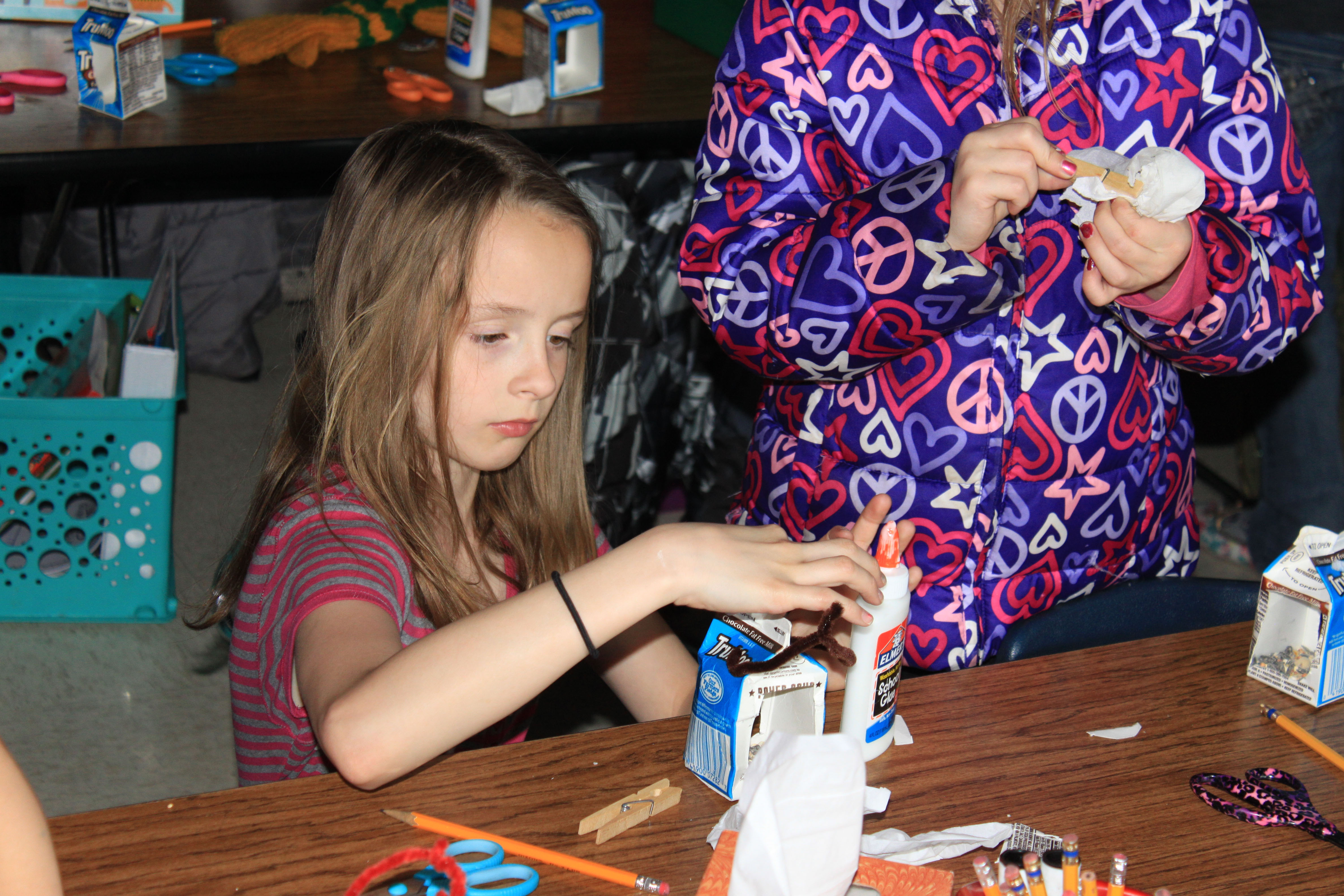Severe weather approaches

Now that the snow is gone, for the most part, and temperatures are creeping into the forties, weather woes will begin shifting from cold weather to severe weather.
The Northwoods has already gotten a taste of that, as a barn was believed to be destroyed by a lightning strike in Gleason last week.
After what can be described as a varied winter, a spring is coming that one can only assume will be just as hectic.
Starting April 13 is Wisconsin’s Tornado & Severe Weather Awareness Week. As part of the Awareness Week, a severe weather drill is going to take place across the state on April 16.
“The 2015 Tornado Drilll will consist of a mock tornado watch and a mock tornado warning issued for all of Wisconsin. This is a great opportunity for your school, business and community to practice your emergency plans,” according to a press release from Wisconsin’s Division of Emergency Management.
Rhinelander’s tornado warning system consists of four sirens, three within the city and one near Nicolet College. The city sirens are located on North Stevens Street, West Phillips Street and Lincoln Street (see map). There are also sirens located in Minocqua, Woodruff and Hazelhurst.
“In addition to the sirens, we have other communication devices that can be used, and we strongly recommend the use of weather radios,” said Ken Kortenhof, emergency management director with the Oneida County Sheriff’s Office. “Oneida County was fortunate to get a weather transmitter right in the town of Pine Lake, that actually operated the weather radios, so we have a good strong signal there. And we strongly advise those.”
The sirens and weather radios will send out their alerts in the case of severe thunderstorm warnings or tornado warnings affecting the area.
To ensure the effectiveness of the system, the sirens are tested in Rhinelander every Wednesday from April through October, at 9 a.m.. Minocqua, Woodruff and Hazelhurst test only once a month, during the same time.
“Being prepared—it’s important to know what you’re going to do before it actually happens,” Kortenhof said. “You’d be surprised, a lot of times people don’t know the difference between a watch and a warning.”
The difference is that a watch is simply to indicate that conditions are right for a tornado or severe thunderstorm. A warning means that someone has actually spotted a tornado or storm. Which means that sirens and alerts will only go off if a tornado or storm has actually been sighted, and could already be on its way.
Go to http://readywisconsin.wi.gov/news/2015/tornado_2015_web.pdf for more information.
Leave a reply
You must be logged in to post a comment.





